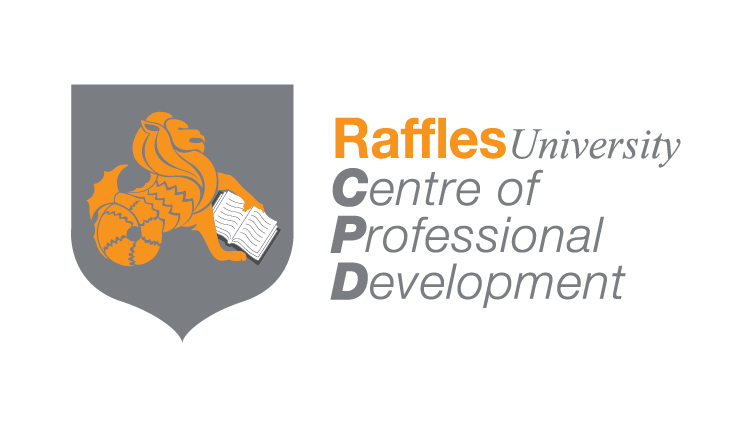Authors: Amos En Zhe Lian*, Suzanna A. Bono
*Faculty of Social Sciences
European Journal of Trauma and Dissociation. Volume 8, Issue 2, 2024, 100411
Doi: https://doi.org/10.1016/j.ejtd.2024.100411

Integrating object-relations and schema models to treat complex trauma: A case study of splitting and integrating traumatic experiences
Abstract
The schema model’s therapeutic process focuses on understanding, expressing and processing different sides of traumatic experiences to achieve a sense of order in the chaotic experiences. The object-relations model supported this and named this process as the ‘splitting’. Nevertheless, the object-relations model also emphasizes that after achieving a sufficient ‘split’, the next step would be to integrate the traumatic experiences to achieve a healthy and coherent self. When viewing both models together, there seems to be a sequence in the therapeutic process of treating traumatic experiences, in which splitting should be achieved sufficiently first, followed by the process of integrating the ‘split’. A case study of a young Malaysian female adult who suffered from multiple long-term interpersonal traumas is presented to illustrate the application of this splitting-and-integrating sequence. She suffered from developmental and sexual traumas in her past, and the COVID-19 pandemic has retriggered her traumatic memories, resulting in elevated levels of Post-Traumatic Stress Disorder (PTSD) symptoms. Through 24 sessions of therapy, her PTSD symptoms, Early Maladaptive Schemas (EMS) and schema modes have significantly reduced. In addition, she has demonstrated a more integrated personality.





